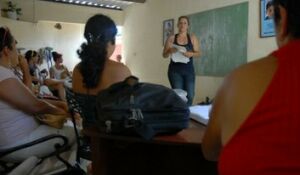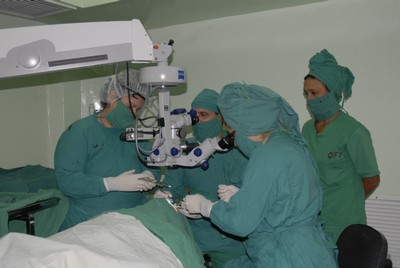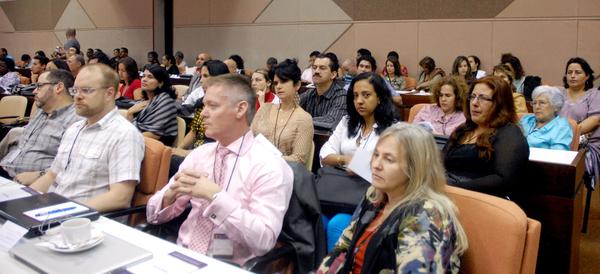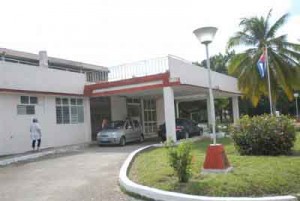Although estimates tend to be inaccurate, presumably over 28 000 people in Sancti Spiritus, central Cuba, suffer from diabetes. The figure itself is quite alarming, mainly because of the effects of this disease, responsible for severe disorders in an individual’s health.»
Over 40 000 Patients Eye Diagnosed in Sancti Spiritus
Sancti Spiritus’s Provincial Ophthalmology Center has proved to be very efficient since it was first opened less than five years ago. Just to give an example, over 40 000 local patients were diagnosed in the institution’s outpatient clinics in 2011.»
Successful Results with Hippotherapy in Multiple Sclerosis Patients
Over a hundred multiple sclerosis patients have benefited in Sancti Spiritus from hippotherapy since it was first used in Cuba in the Dr. Faustino Perez Rehabilitation Provincial Hospital. The treatment is part of a neuro-rehabilitation integral program.»
Cuba: Congress on Sex Education Closes in Havana
The 6th Congress on Sex Education, Orientation and Therapy will close in Havana on Thursday with debates focusing on diversity, social policies and sexuality in a changing world.»
Sex Education Congress underway in Havana, Cuba
Intimacy and couple sexuality, HIV/AIDS prevention, dysfunctions, and violence against women are some of the issues to be debated on Tuesday during the second day of the 6th Cuban Congress on Sex Education, Orientation and Therapy.»
Cuba Tests Anti-Allergy Vaccine
Cuban scientists are carrying out a clinic trial to verify the efficacy of a vaccine against allergy, which is administered against bronchial asthma, which has a high incidence in the country.»
New Cuban Rice Varieties Highlighted
The growing of the new four varieties of rice obtained in the Sur del Jibaro Regional Rice Investigation Station, has so far yield profitable results. The so-called IA Cuba 31, 32, 37 and 39 constitute one of Sancti Spiritus’s greatest scientific contributions during the last three years.»
Cuban Molecular Immunology Center Increases Exports
The Cuban Molecular Immunology Center fulfilled last year’s annual export plan, and it currently maintains the progressive administration of a therapeutic vaccine against lung cancer.»
Sancti Spiritus Moves Forward in Obtaining Renewable Energy
At least 16 physical, chemical and microbiological tests to obtain energy from agricultural and livestock, industrial and forest waste are being carried out in the center of Biogas and Environmental Engineering in Sancti Spiritus, a Cuban central province.»
Sancti Spiritus Renovates Health Facilities
Over a hundred health institutions were renovated or repaired in 2011 in the central Cuban province of Sancti Spiritus. In addition, several hospital wards and services were reopened. According to local health sources, investment funds were mostly allocated for secondary care facilities.»
 Escambray ENGLISH EDITION
Escambray ENGLISH EDITION









